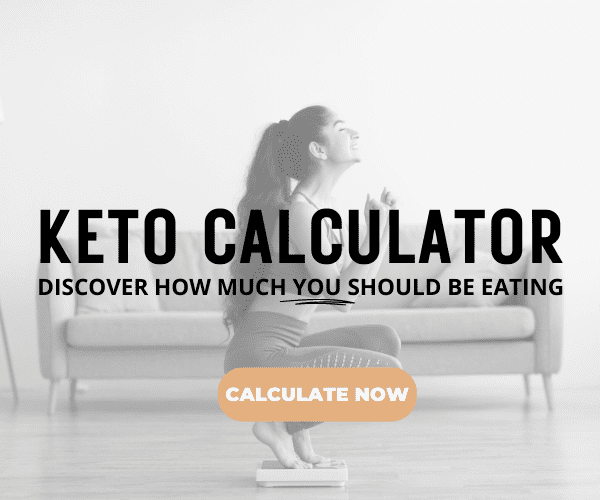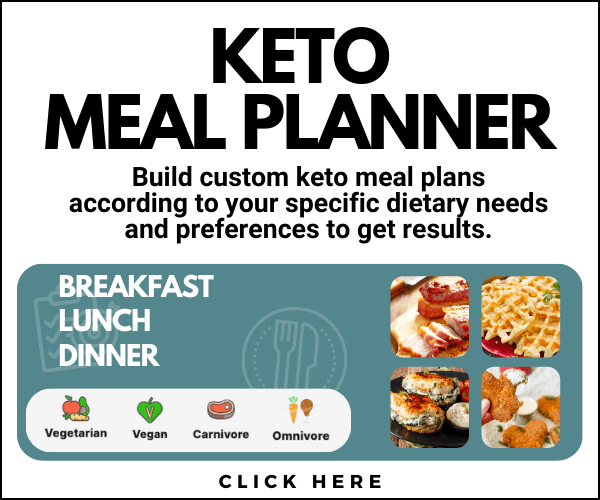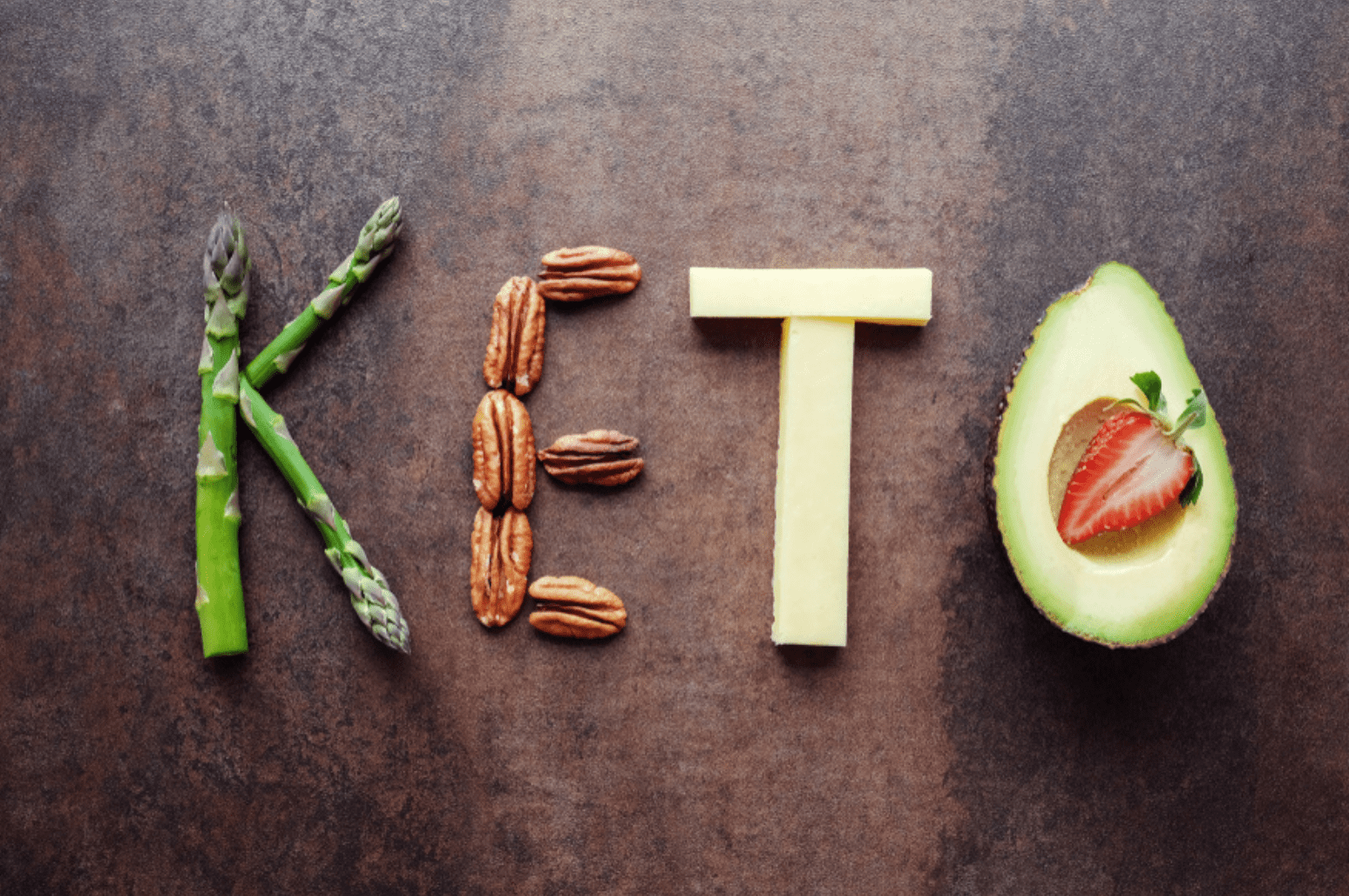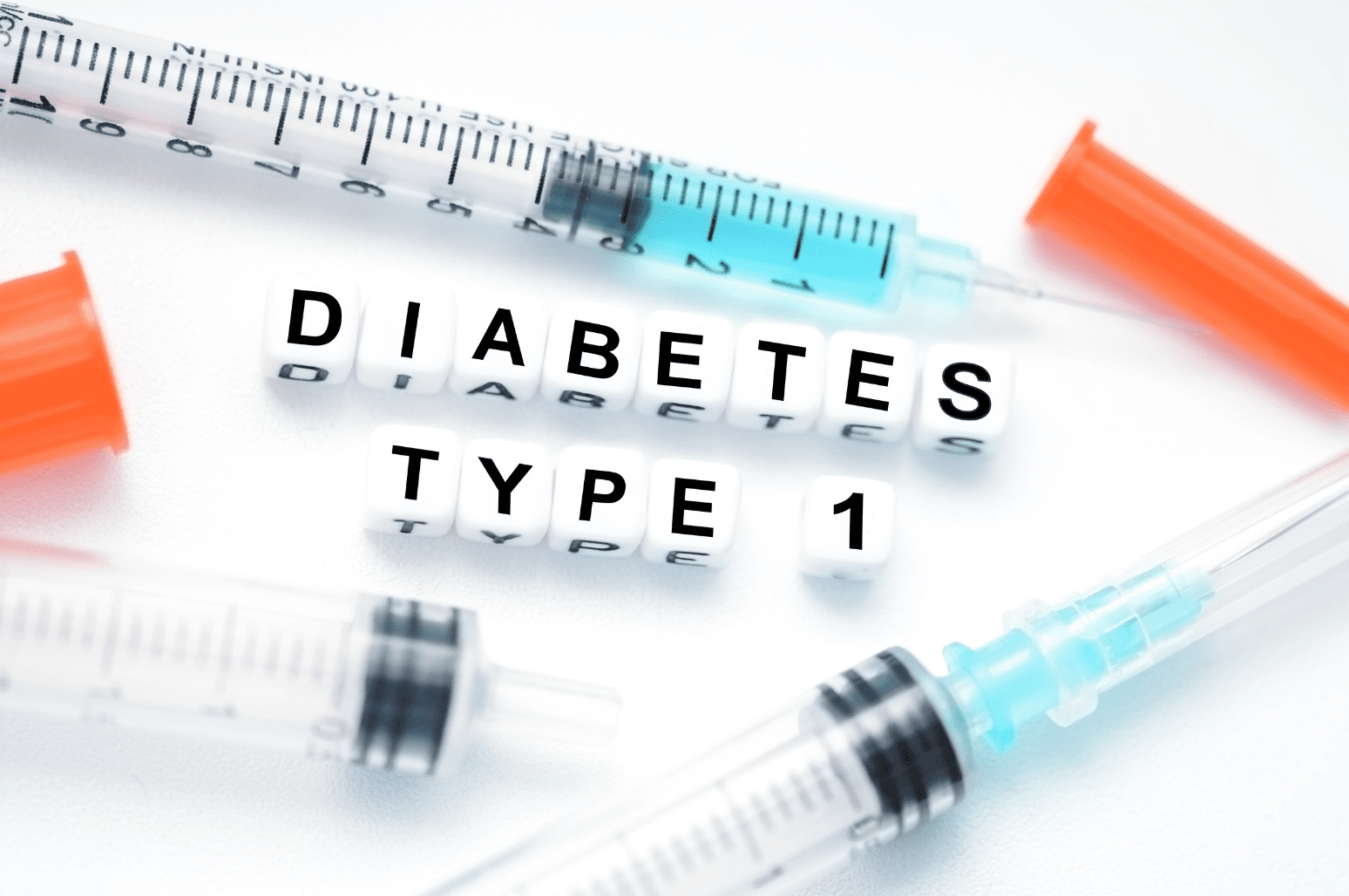Prebiotics vs Probiotics and Everything In Between

When you think of bacteria, you likely think of pathogenic bacteria but, your body also has beneficial bacteria. Probiotics are just one example of good bacteria. You’ve probably heard the terms probiotics and prebiotics floating around the health world. What are probiotics vs prebiotics?
Should you include probiotics in your ketogenic diet?
What are Probiotics?
Probiotics refer to a type of bacteria that naturally live in your body that help your digestive tract digest food, destroy disease-causing cells, and produce vitamins. Some yeasts like Saccharomyces boulardii might also be used as probiotics. Probiotics are live microorganisms, and different types of probiotics have different effects.
Your microbiome refers to the diverse community of microorganisms in and on your body that keep you healthy. The bacteria in your gut play a pivotal role in your health, and consuming probiotic foods or taking probiotic supplements can improve your gut microbiome and immune system.
Probiotics can be found in fermented foods like sauerkraut, kimchi, pickles, and yogurt. You can also take probiotics in supplement form. The most commonly discussed probiotic bacteria are the strains Lactobacillus and Bifidobacterium [1].
You can purchase food-grade probiotic supplements as capsules and pills, drinks, powders, or liquids. They typically need to be stored in a refrigerator to keep the bacteria alive. Most probiotic strains are fragile and need to be protected from oxygen, heat, light, and humidity.
The probiotics might begin to break down or die if exposed to these elements. Read the labels on your probiotic products to make sure you store and use them correctly within the expiration date [2] [3].
What are Prebiotics?
Prebiotics are the food for the probiotic bacteria. Using probiotics and prebiotics together is often called microbiome therapy. You don’t necessarily need to take a prebiotic for probiotics to work, but it can enhance the effectiveness of your probiotics.
Prebiotics aren’t bacteria; rather, they’re fuel to help the bacteria grow. Prebiotics are a type of dietary fiber or carbohydrate your body can’t digest. For example, inulin is a prebiotic fiber found in chicory root, artichoke, and asparagus. When you consume these foods, you’re also consuming prebiotics to feed your healthy gut bacteria.
When a food contains both prebiotics and probiotics, it’s called a synbiotic. Synbiotic foods include kefir, cheese, and certain types of yogurt [4] [5] [6].
You can also purchase prebiotic supplements as a capsule (liquid and powdered form) or a commercial food additive. When used in conjunction, the probiotics and prebiotics seem to have the most advantageous effect.
What are the Health Benefits of Probiotics vs Prebiotics?
The science is mounting and the word’s getting out that probiotics and prebiotics can be especially beneficial for your general health and wellness. Probiotics and prebiotics might be effective for treating irritable bowel syndrome (IBS), allergic disorders, diarrhea, inflammatory arthritis, and even the common cold. They’ve even been suggested as treatments for obesity. Certain bacteria seem to be more beneficial for weight loss [7] [8].
Some studies associate gut health with mental health and mood. Both human and animal studies conclude that probiotic supplements can improve certain mental health disorders [9] [10]. Research shows supplementing with Bifidobacterium and Lactobacillus for 1-2 months can improve depression, autism, anxiety, memory, and obsessive-compulsive disorder (OCD) [11].
Probiotics might also benefit your heart health and lower bad cholesterol and blood pressure. Some lactic acid-producing bacteria can reduce cholesterol by breaking down bile in the digestive system [12] [13] [14].
It’s important to note that probiotics aren’t regulated according to the U.S. Food and Drug Administration ‘drug’ standards, which means that some of the live bacteria used in probiotics haven’t been evaluated with the FDA safety measures. When you’re sourcing probiotics, consider the source. Many companies use outside labs and third-party test their supplements for quality and safety.
Probiotics have an extensive history of safe use, especially in healthy people [15]. Probiotics are sometimes recommended for children and adults taking antibiotics to help reseed the healthy gut bacteria. Keep in mind that for some people, starting a synbiotic regimen might bring side effects like gas and constipation.
What are Your Thoughts on Probiotics vs Prebiotics on the Ketogenic Diet?
How has the ketogenic diet shifted your metabolism and changed your life? Comment below and let us know!
References
Fan, S., Breidt, F., Price, R., & Perez-Diaz, I. (2017). Survival and growth of probiotic lactic acid bacteria in refrigerated pickle products. Journal of Food Science, 82(1), 167-173.
United States Department of Health and Human Services National Center for Complementary and Integrative Health. Probiotics: What You Need to Know.
Cleveland Clinic. Probiotics.
Lepczynski, A., Herosimczyk, A., Ozgo, M., Marynowska, M., Pawlikowska, M., Barszcz, M., Taciak, M., & Skomial, J. (2017). Dietary chicory root and chicory inulin trigger changes in energetic metabolism, stress prevention, and cytoskeletal proteins in the liver of growing pigs: A proteomic study. Journal of Animal Physiology and Animal Nutrition, 101(5), e225-e236.
Singh, R. S., Dhaliwal, R., & Puri, M. (2007). Production of high fructose syrup from Asparagus inulin using immobilized exoinulinase from Kluyveromyces marxianus YS-1. Journal of Industrial Microbiology and Biotechnology, 34(10), 649-655.
Barszcz, M., Taciak, M., & Skomial, J. (2016). The effects of inulin, dried Jerusalem artichoke tuber and a multispecies probiotic preparation on microbiota ecology and immune status of the large intestine in young pigs. Archives of Animal Nutrition, 70(4), 278-292.
Dahiya, D. K., Renuka., Puniya, M., Shandilya, U. K., Dhewa, T., Kumar, N., Kumar, S., Puniya, A. K., & Shukla, P. (2017). Gut microbiota modulation and its relationship with obesity using prebiotic fibers and probiotics: A review. Front Microbiology.
Makela, R., Makila, H., & Peltomaa, R. (2017). Dietary therapy in patients with inflammatory arthritis. Alternative Therapies in Health and Medicine, 23(1), 34-39.
Steenbergen, L., Sellaro, R., Van Hemert, S., Bosch, J. A., & Colzato, L. S. (2015). A randomized controlled trial to test the effect of multispecies probiotics on cognitive reactivity to sad mood. Brain Behavior and Immunity.
Wang, H., Lee, I-S., Braun, C., & Enck, P. (2016). Effect of probiotics on central nervous system functions in animals and humans: A systematic review. Journal of Neurogastroenterology and Motility, 22(4), 589-605.
Akkasheh, G., Kashani-Poor, Z., Tajabadi-Ebrahimi, M., Jafari, P., Akbari, H., Taghizadeh, M., Memarzadeh, M. R., Asemi, Z., & Esmaillzadeh, A. (2016). Clinical and metabolic response to probiotic administration in patients with major depressive disorder: A randomized, double-blind, placebo-controlled trial. Nutrition, 32(3), 315-320.
Begley, M., Hill, C., & Gahan, C. G. M. (2006). Bile salt hydrolase activity in probiotics. Applied and Environmental Microbiology, 72(3), 1729-1738.
Kumar, M., Nagpal, R., Kumar, R., Hemalatha, R., Verma, V., Kumar, A., Chakraborty, C., Singh, B., Marotta, F., Jain, S., & Yadav, H. (2012). Cholesterol-lowering probiotics as potential biotherapeutics for metabolic diseases. Experimental Diabetes Research.
Agerholm-Larsen, L., Bell, M. L., Grunwald, G. K., & Astrup, A. (2000). The effect of a probiotic milk product on plasma cholesterol: A meta-analysis of short-term intervention studies. European Journal of Clinical Nutrition, 54(11), 856-860.
Marteau, P., & Seksik, P. (2004). Tolerance of probiotics and prebiotics. Journal of Clinical Gastroenterology, 38(6 Suppl), S67-69.









